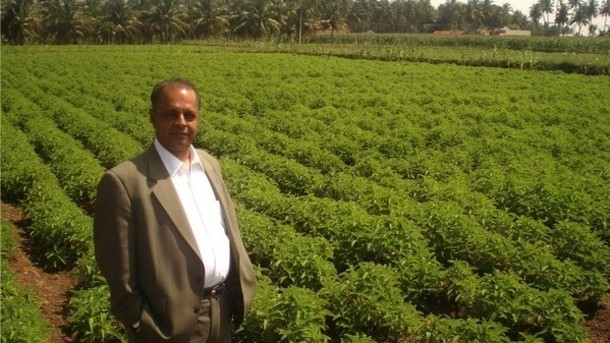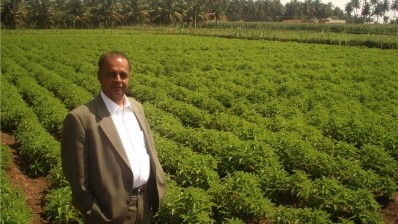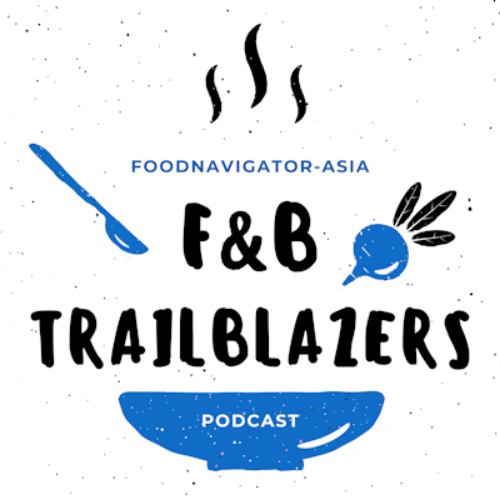Special Edition: Supply in the time of Schneiderman

In the Ayurvedic realm, longtime supplier Sabinsa, which is based in New Jersey with operations in India and Utah, has stepped up production of crops such as turmeric, gac and ginger. While no independent market surveys of the trade in Ayurvedic herbs exist, Sabinsa founder Dr Muhammed Majeed said that India is producing Ayurvedic ingredients valued at about $1.2 billion annually, and about $400 million worth of that is being exported to the United States.
“India has a rich heritage of medicinal herbs that have a significant impact on improving human health, but demand is jeopardizing sustainable supplies of some of the herbs,” Majeed said.
Another Indian botanical ingredients supplier, Omniactive, has expanded its supply arrangements for similar reasons, the company’s CEO, Hiren Doshi, has said. The company sources lutein from marigold flowers grown in two separate regions in southern India. Small holders are the rule in the Indian agricultural system, and Omniactive recently passed a milestone by extending its partnership program to more than 10,000 farmers. The company supplies seed and know how, and offers a guaranteed market for the crops. Demand for lutein continues to rise, Doshi said, partly because the ingredient is now understood to help protect eyes from the blue light damage that can accumulate from peering at the numerous screens—tablets, smart phones and laptops—that permeate modern life. It’s not just about macular degeneration any more, he said.
The actions of New York Attorney General Eric Schneiderman, while widely panned for being based on erroneous assumptions, have called into question the veracity of supply arrangements in the dietary supplements business. Is what’s on the label actually in the bottle? As far as its astaxanthin and spirulina products are concerned, Cyanotech, parent company of finished goods brand Nutrex Hawaii, says it can say the answer is a resounding yes. Being vertically integrated—with production facilities on Hawaii’s Big Island—is a big plus, said Jim Lundeen, vice president of retail sales. “We stress the purity of our farm, how we follow GMPs,” he said.
One of the ways the NYAG affair has had a demonstrable effect on the supply end of the supplements sphere has been to call into question the decision taken at the time of the writing of the Dietary Supplements Health and Education Act to exempt raw material suppliers from the Good Manufacturing Practices requirements. From a practical standpoint, most ingredient suppliers have found it necessary to de facto comply with GMP rules in order to be able to do business with customers who have to verify their supply chains. But it is time to formalize this arrangement and extend CFR Part 111 to raw material suppliers, maintains the Organic & Natural Health Association, which became the first trade group to meet with Schneiderman.
Demand for astaxanthin has continued to rise in recent years and has shown no effect from the fallout of the NYAG affair. The demand was such that there was a shortage in the market several times over the past few years, and companies have rushed to fill that breach with natural algal-sourced ingredients (synthetic versions of the carotenoid are available, too). While Cyanotech and Parry, of India, produce astaxanthin via an open pond cultivation system, Chinese algal ingredient suppliers BGG and InnoBio have taken the closed system route with new facilities in Yunnan Province and, in the case of InnoBio, an additional plant in Tibet. Continuing research will help underpin the demand for the ingredient, said Joe Huff, BGG’s vice president of North American sales. “The main areas of research have been in eye and brain protection, joint health, skin improvement, cardiovascular benefits and improvement in athletic performance,” Huff said.












